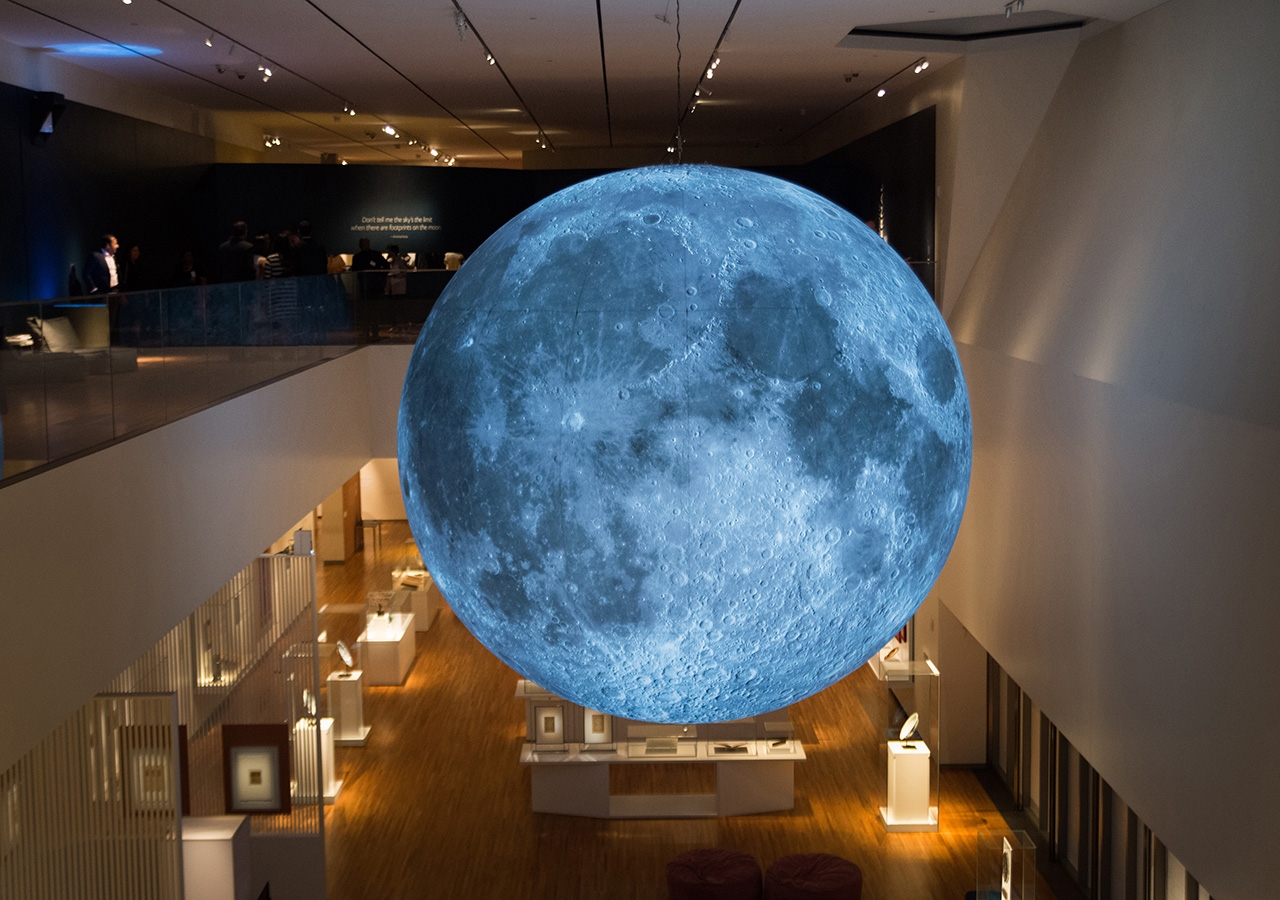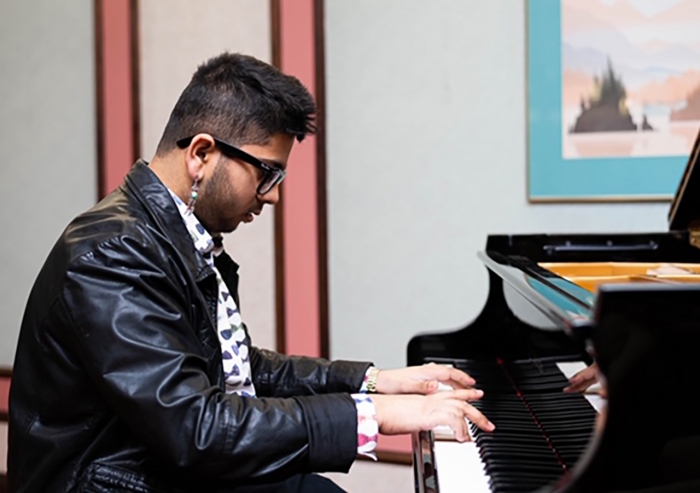A celebration of the 50th anniversary of Apollo 11 (the first human lunar landing), the exhibit blends science and art to create an interactive experience featuring installations, artwork, and displays.
The exhibit aims to highlight the role of the moon in Islamic faith.
“It’s a collaboration between the museum world and the academic world,” said Dr. Christiane Gruber, Professor of Islamic Art at the University of Michigan, Ann Arbor. Gruber and Dr. Ulrike Al-Khamis, Director of Collections and Public Programs at the Aga Khan Museum have co-curated the exhibit.
According to Gruber, its creation was a multi-layered project that was “thematic, conceptual, logistical, and scholarly.” The exhibit incorporates various sculptures and works of art that are on loan from museums, universities, and libraries around the world. The result, Gruber said, is an “innovative and immersive experience that is both educational and ethereal.”
But The Moon: A Voyage Through Time isn’t only for those in interested in academia or astrophysics.
“It’s for absolutely everybody. The moon belongs to everyone. We wanted this particular show to be transcendental and mesmerizing,” said Gruber.
“We really want to encourage parents to bring their children to the show.”
The exhibit integrates several interactive activities, such as taking a selfie with a piece of the moon borrowed from the Royal Ontario Museum and writing a poem to the moon using a 1960s typewriter.
Gruber also said one of their goals was for visitors to feel as if they were on the moon itself.
“We wanted to have a piece of the lunar surface to begin and we wanted to end with a monumental hanging moon sculpture.”
That sculpture is a massive moon measuring five metres in diameter and spanning two levels of the Museum.
“Visitors can see it from above and below and can actually circle it,” said Gruber, explaining the switching of roles those viewing the sculpture will experience.
“[They] become the entities that orbit the moon, rather than the other way around.”
Created by British artist Luke Jerram specifically for the exhibit, the sculpture combines art and technology as it is internally illuminated and “imprinted with NASA imagery of the lunar surface” according to Gruber. She added that the sculpture is now part of the Museum’s permanent collection, making it a “major acquisition” for the Museum.
“Anybody who is interested in the moon in an Islamic context will learn a lot.”
The Moon: A Voyage Through Time will be open to the public until August 18.








